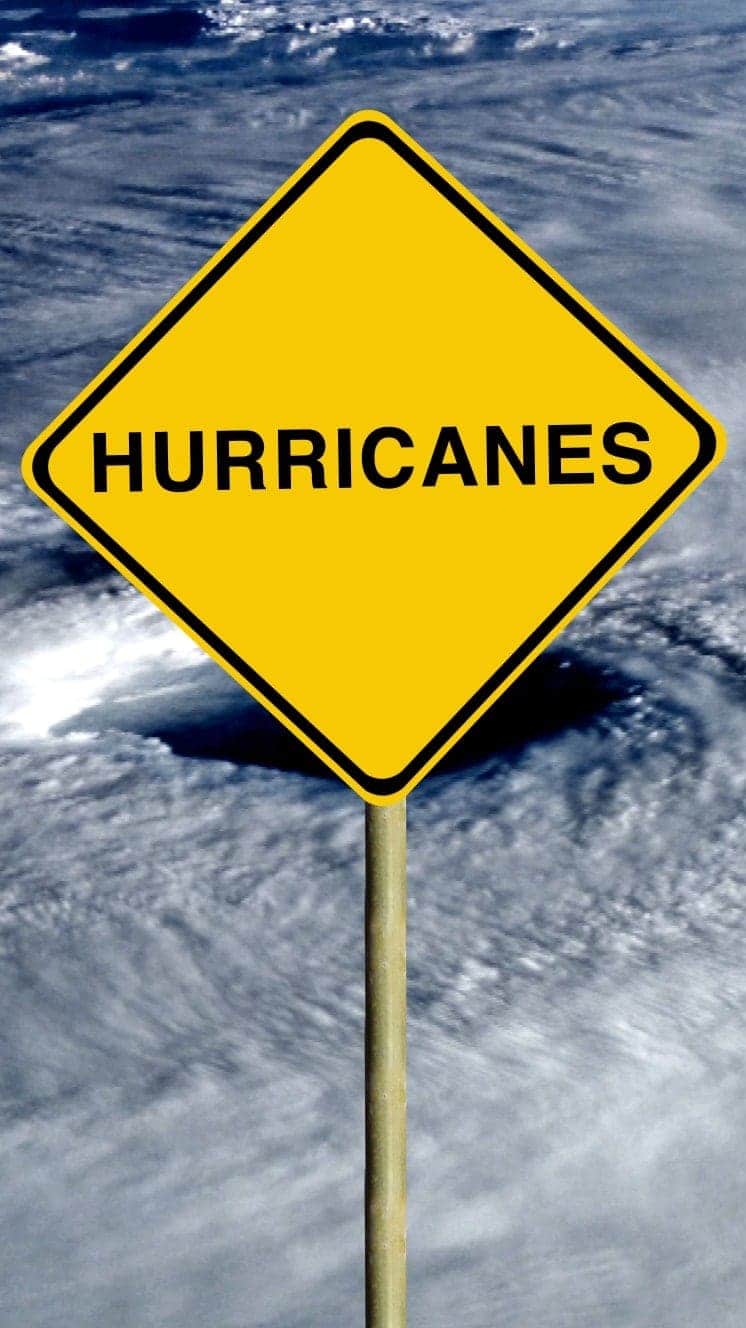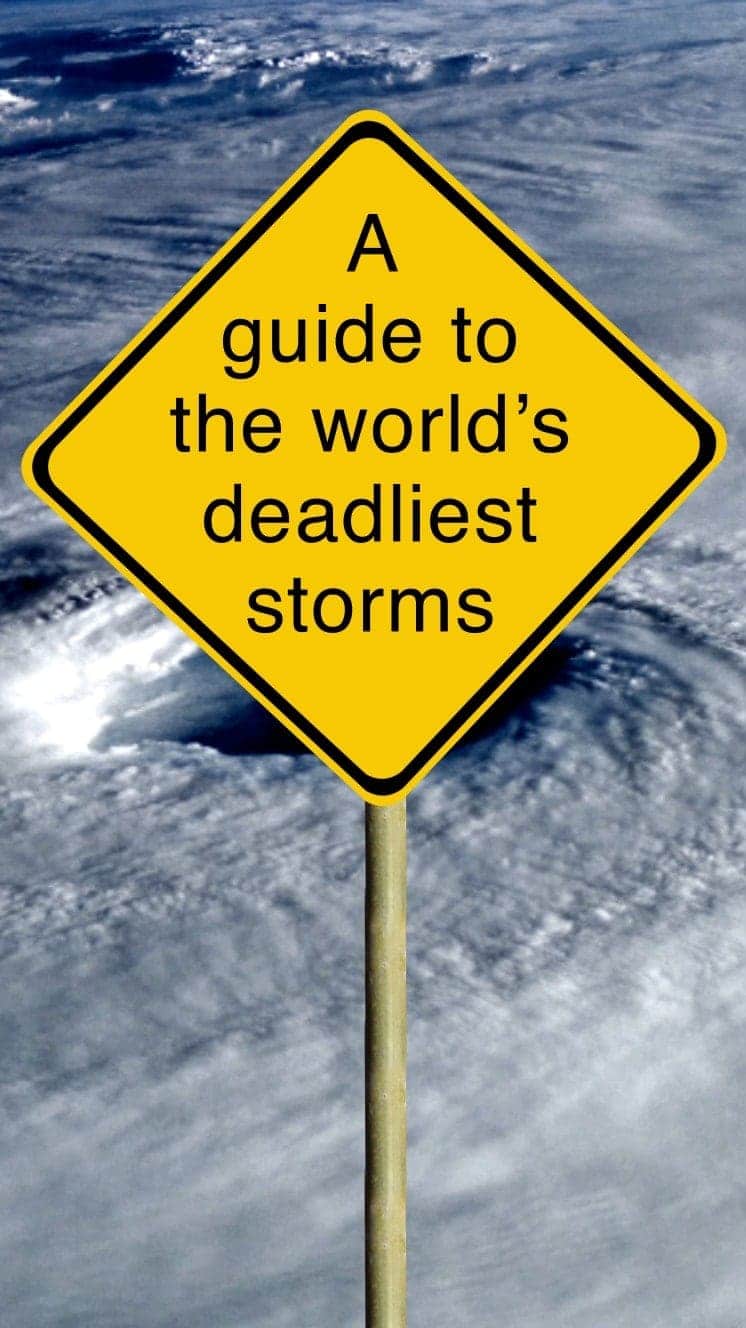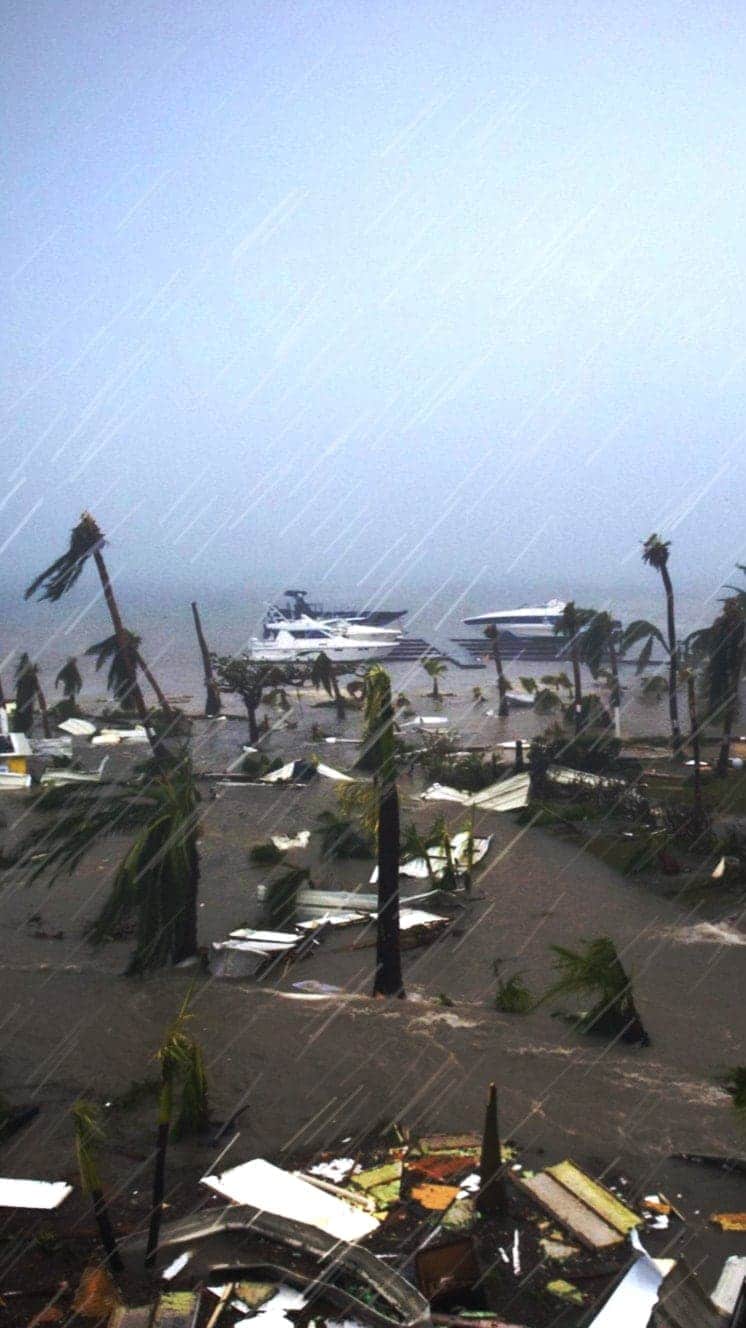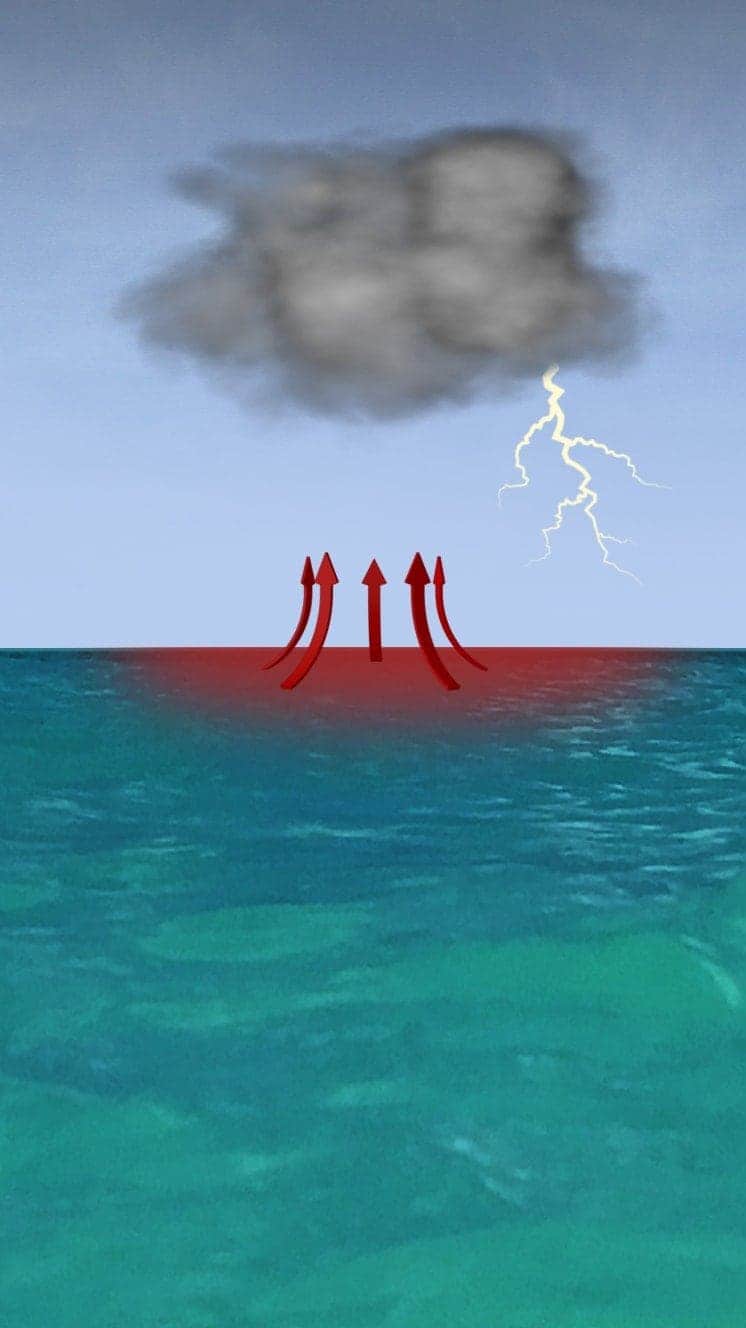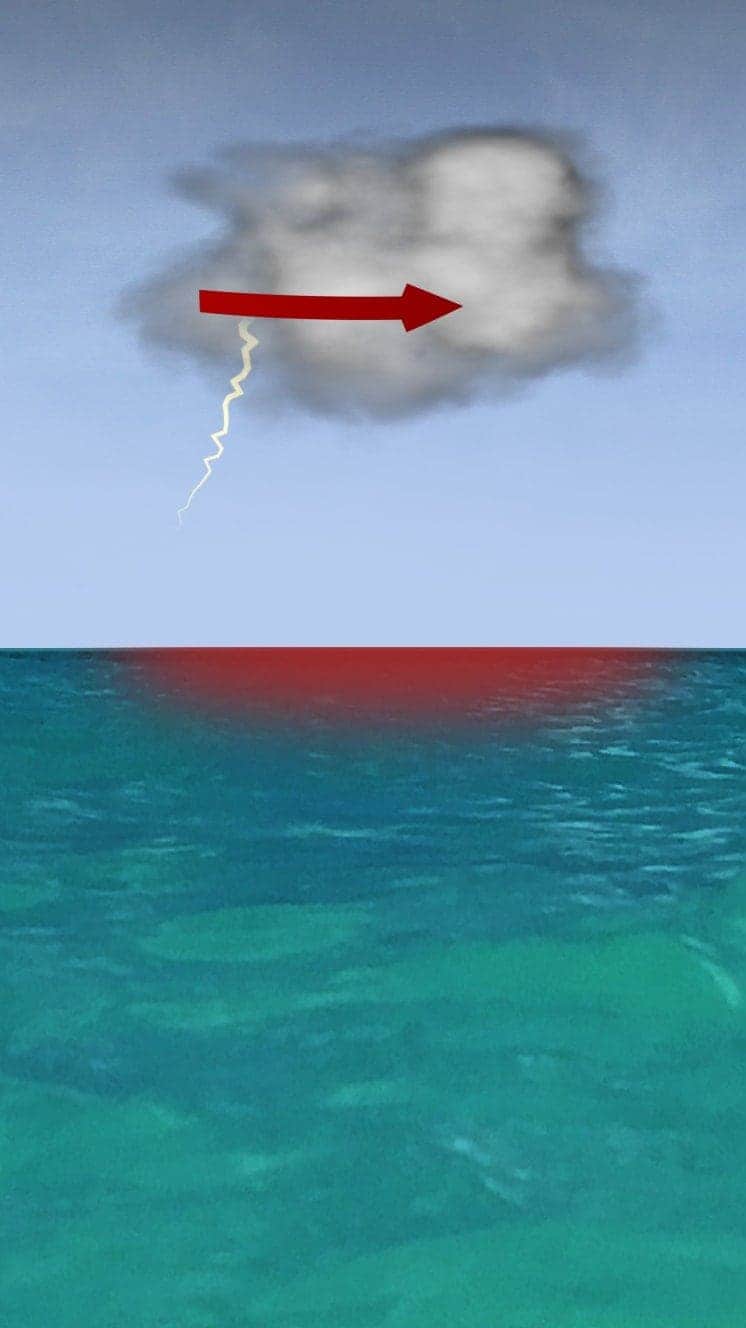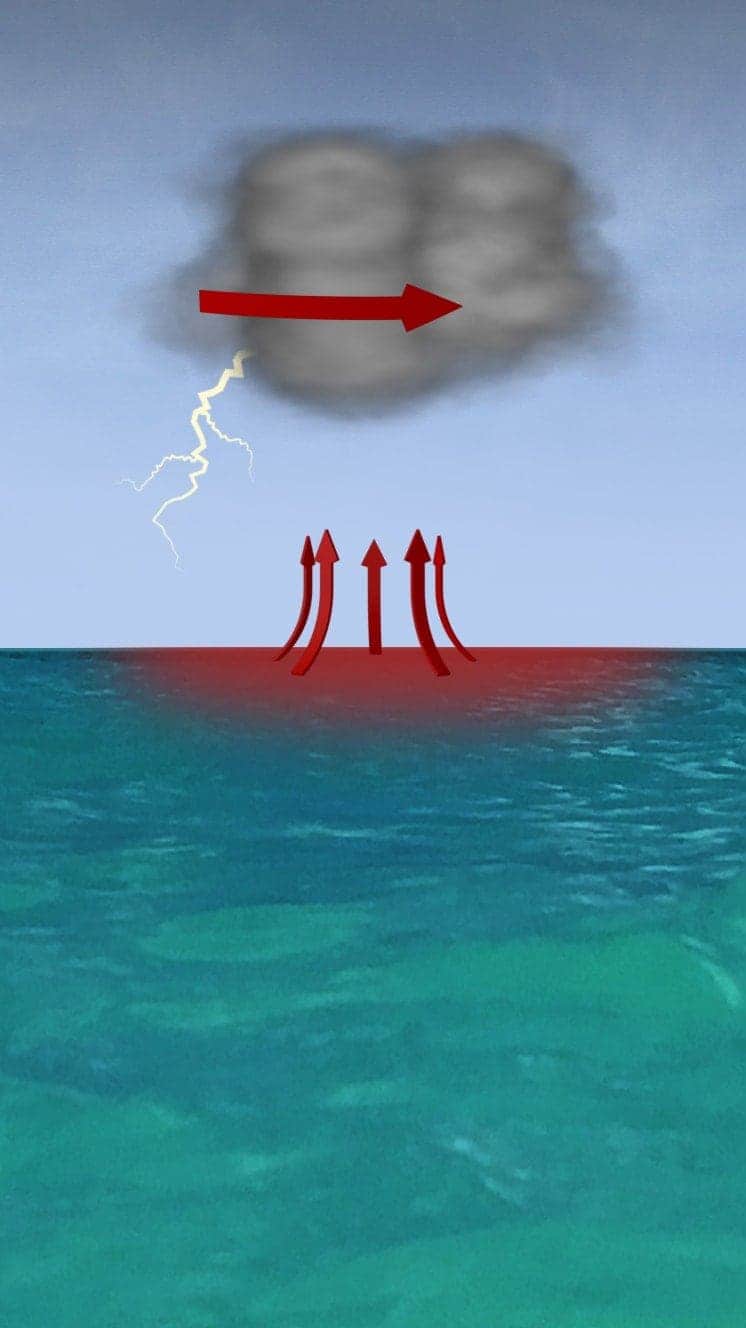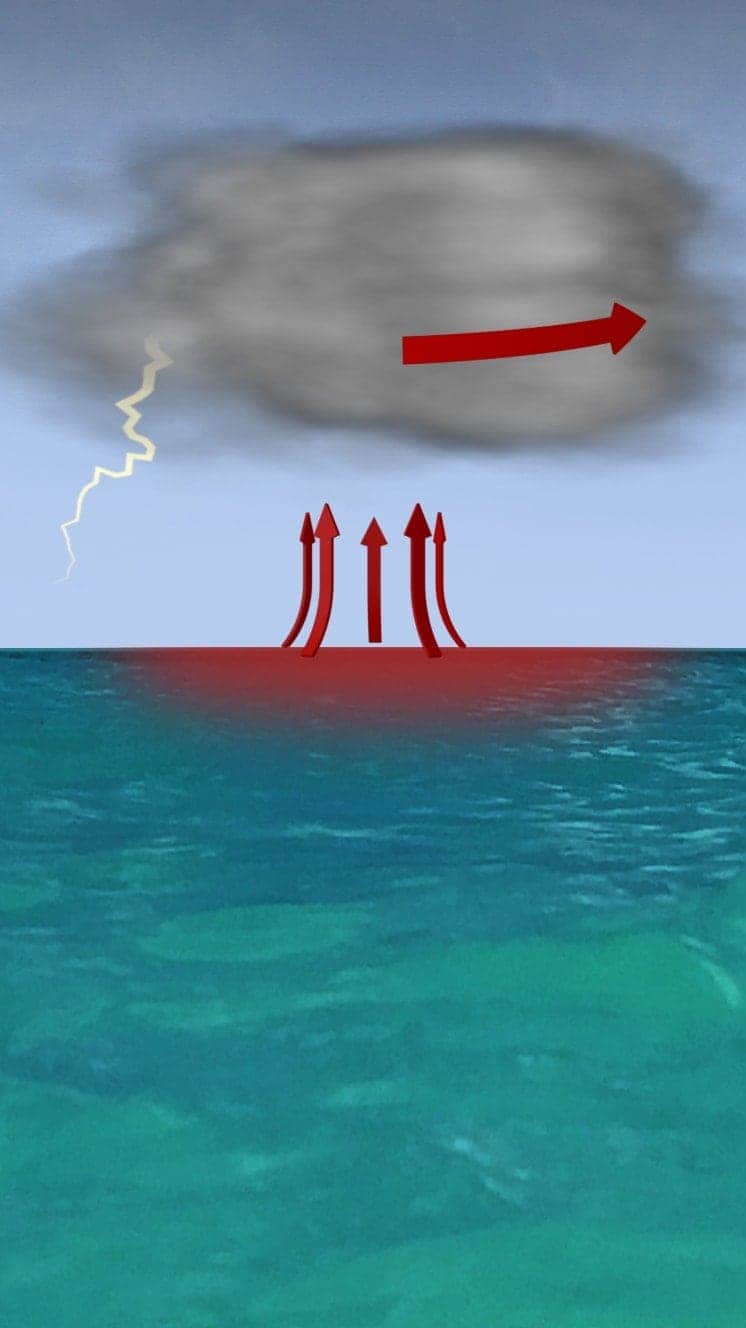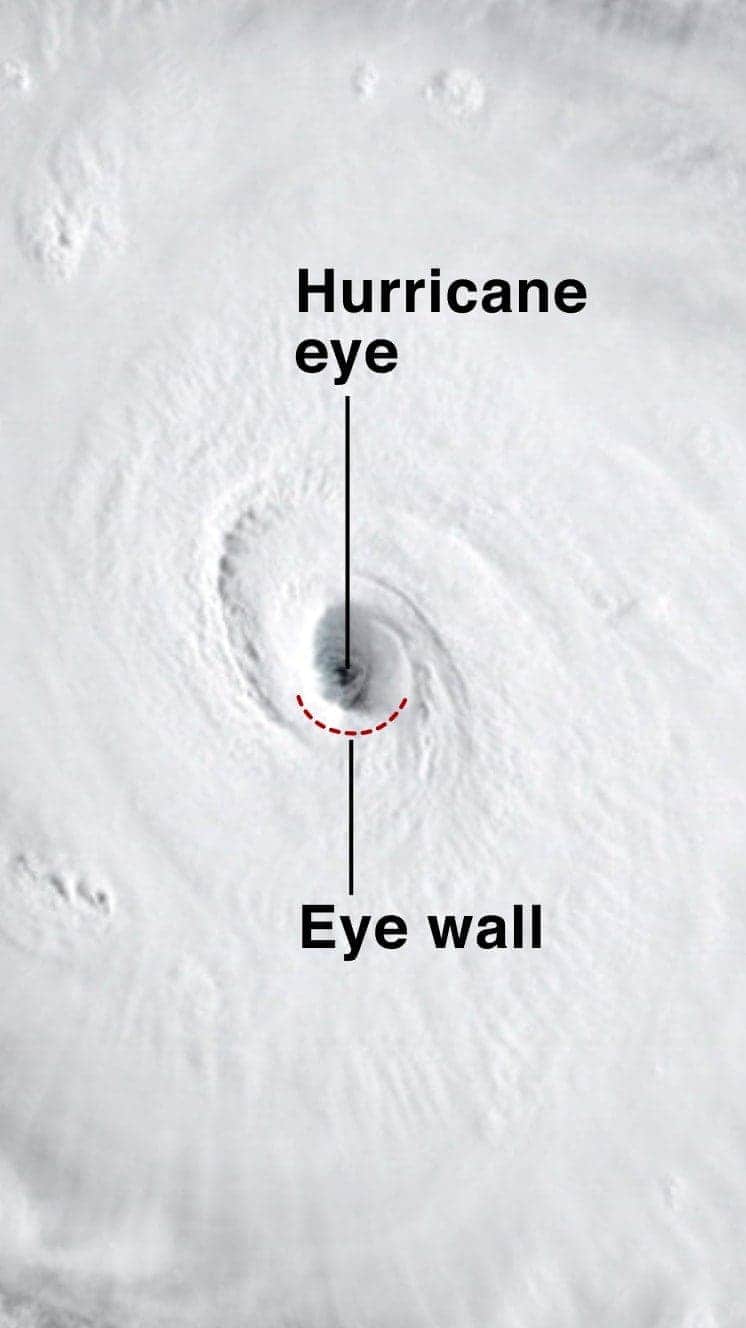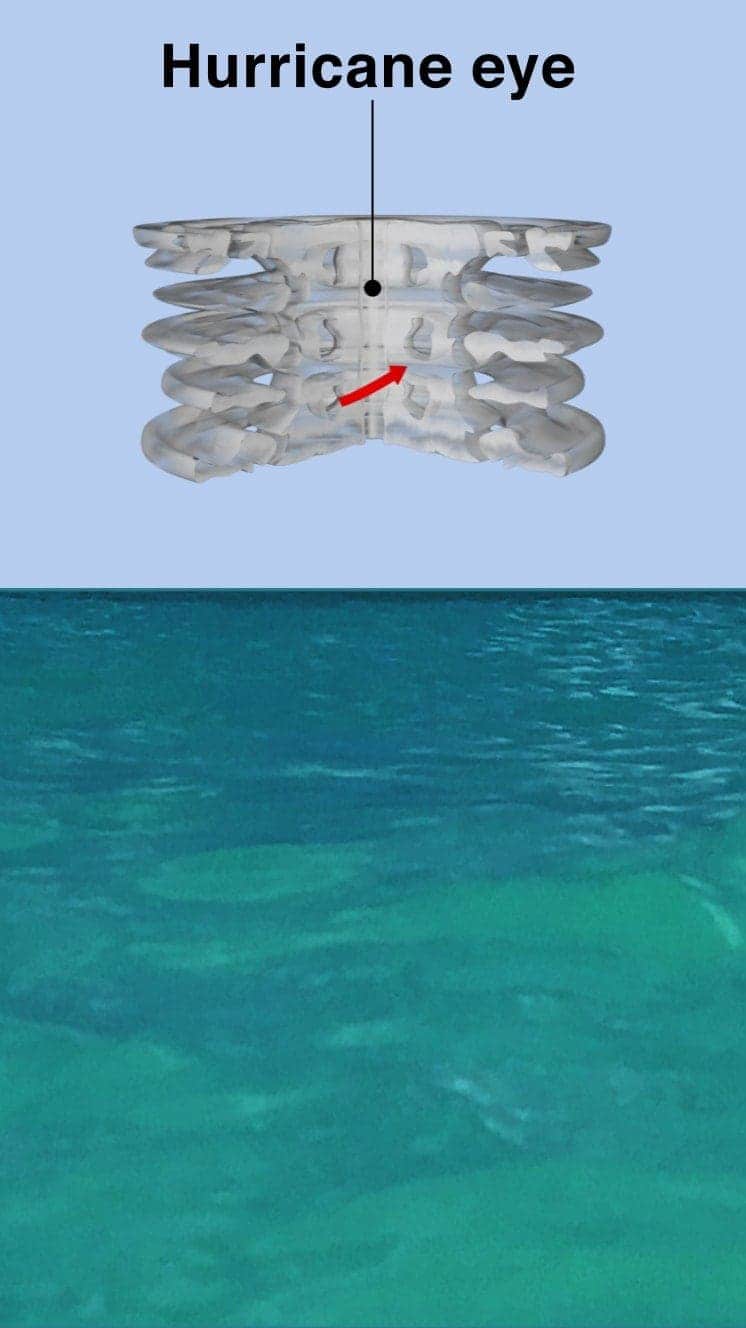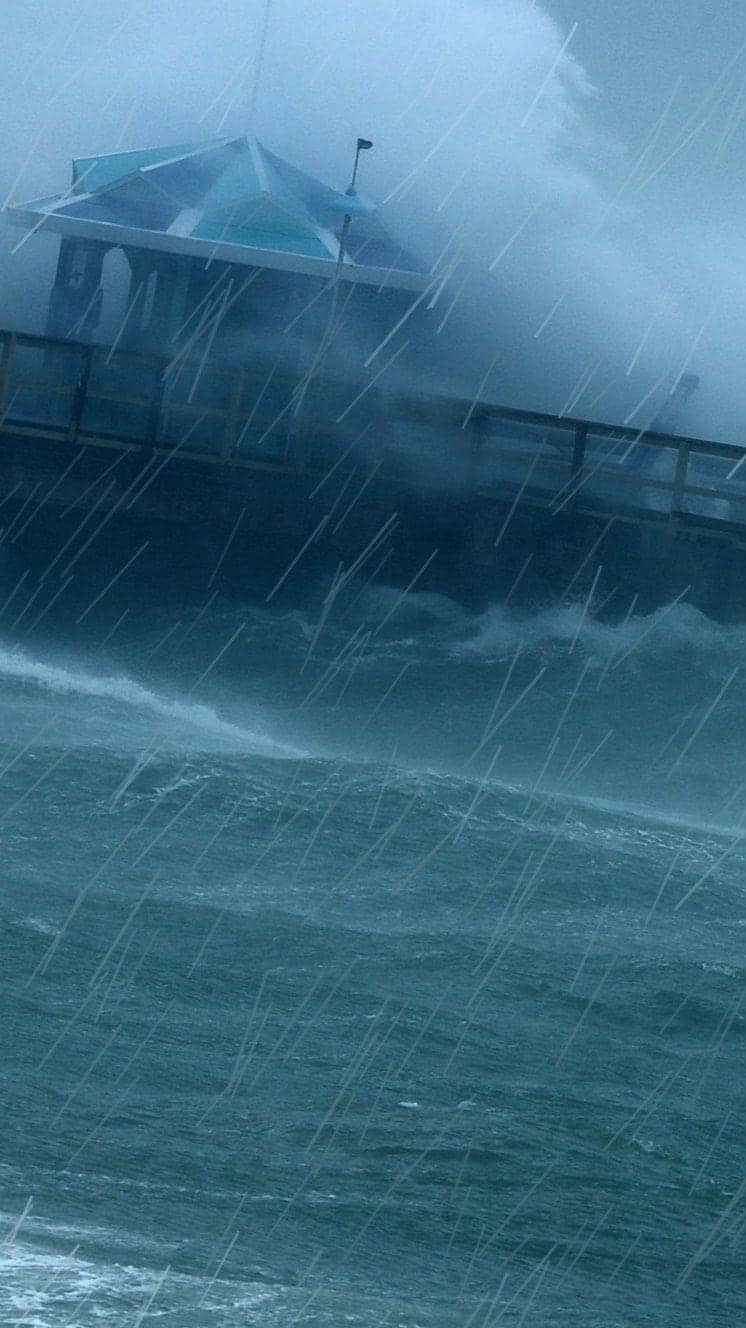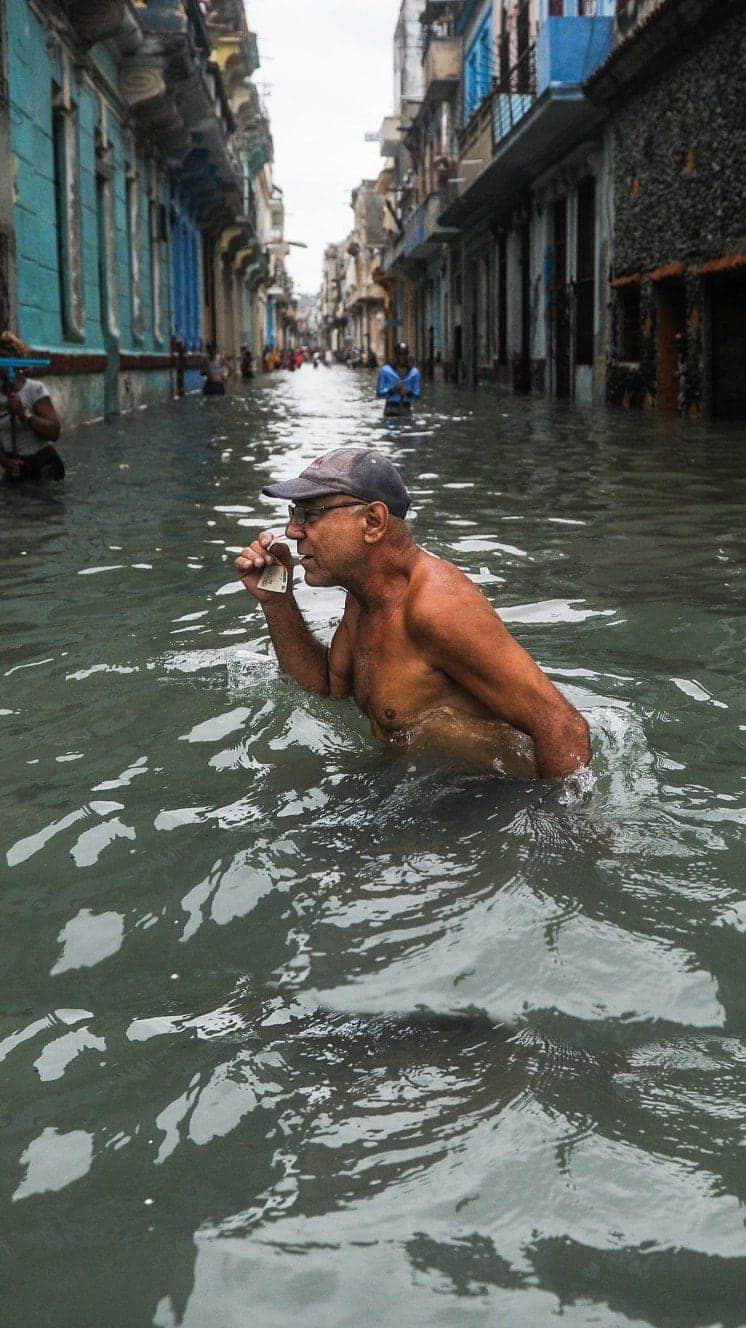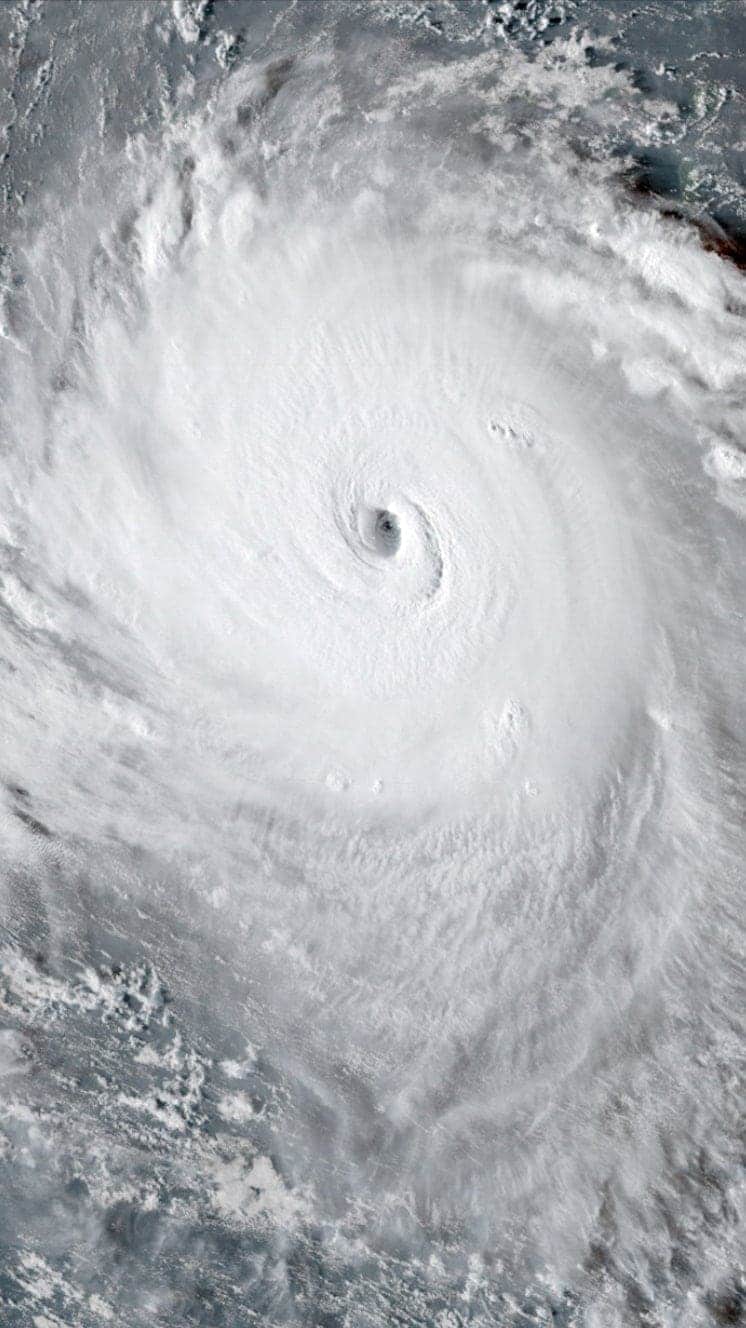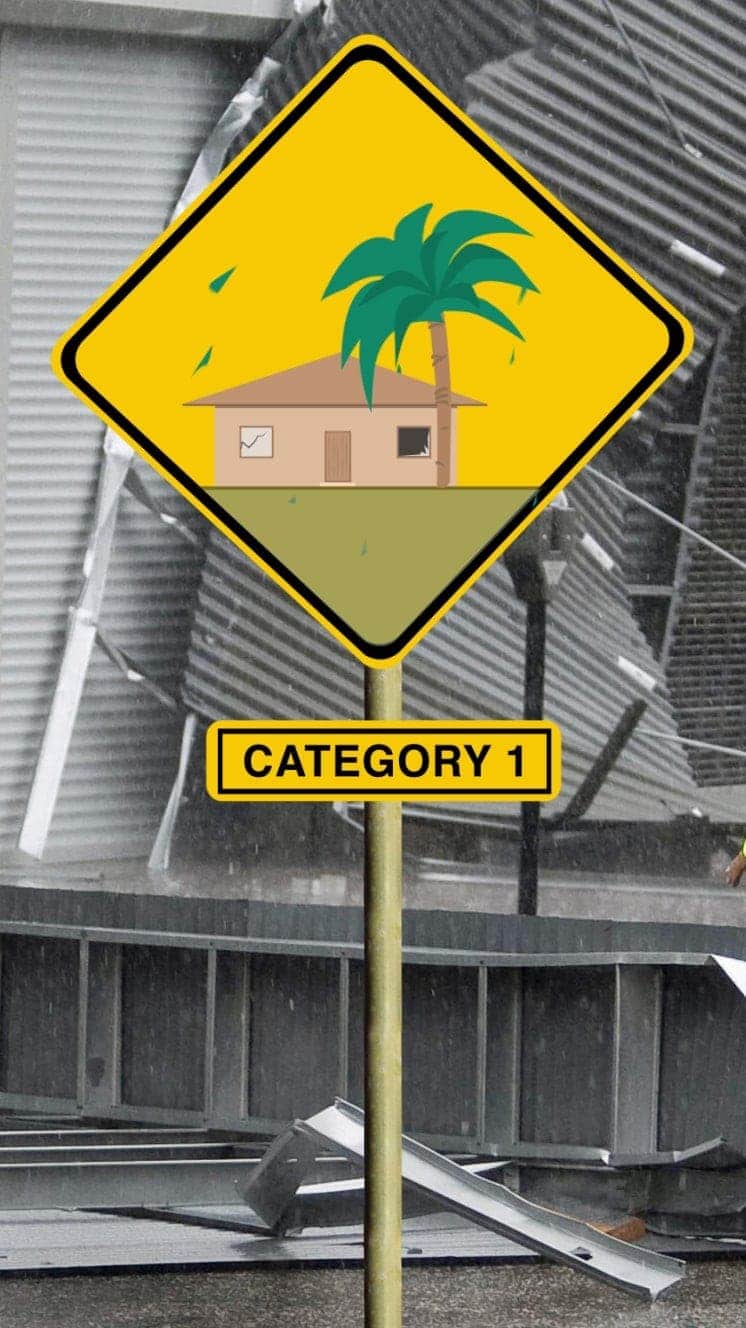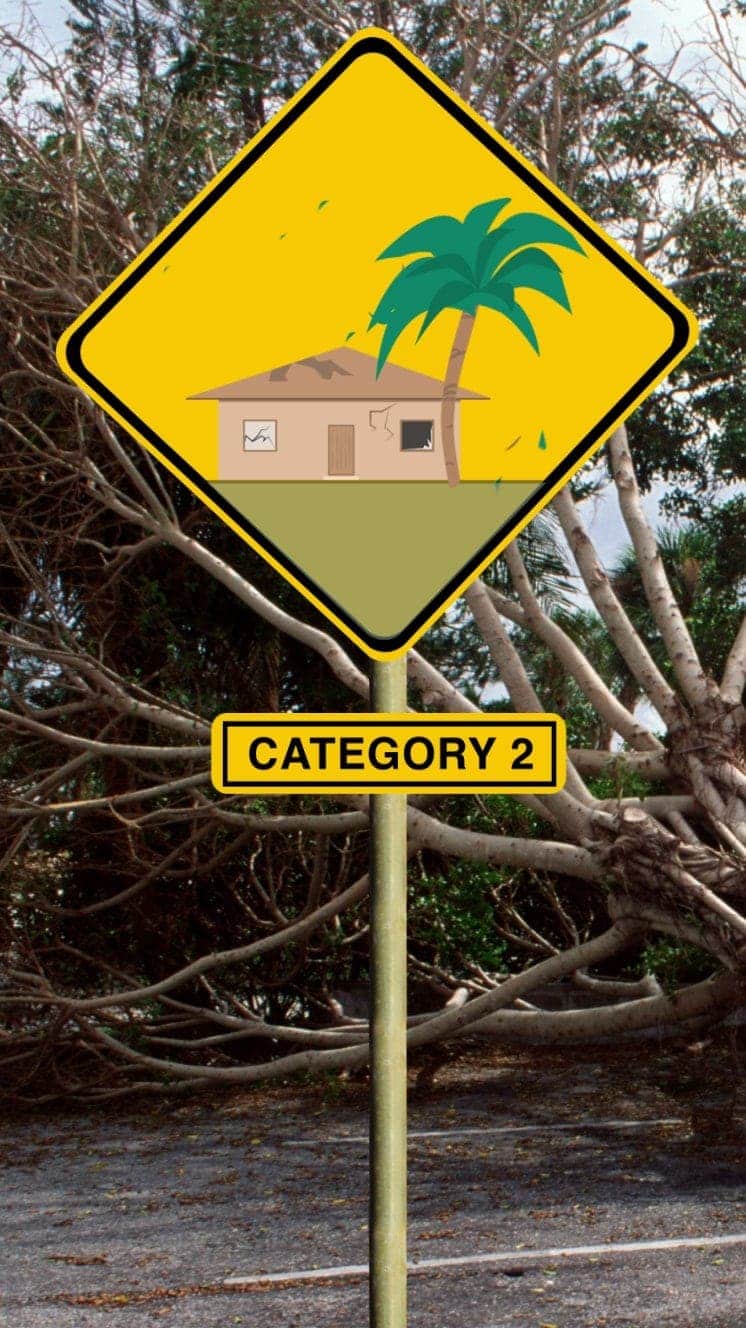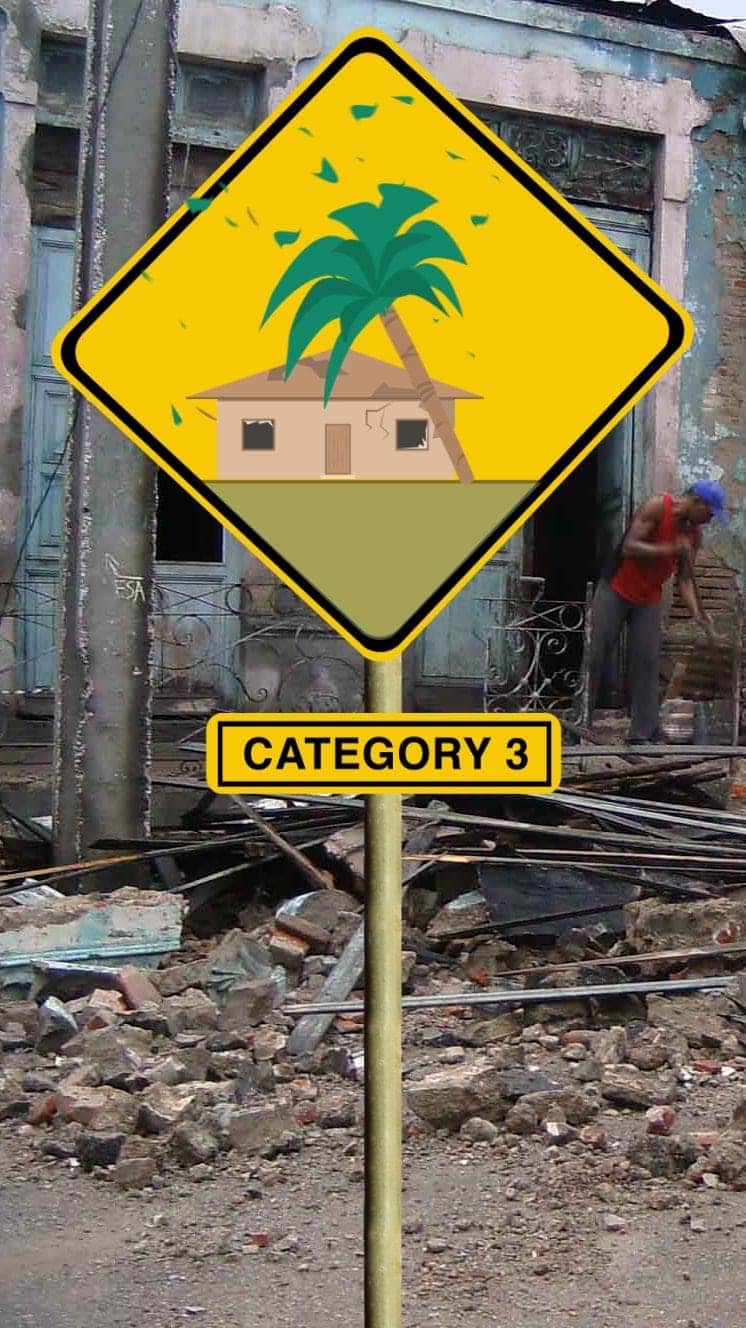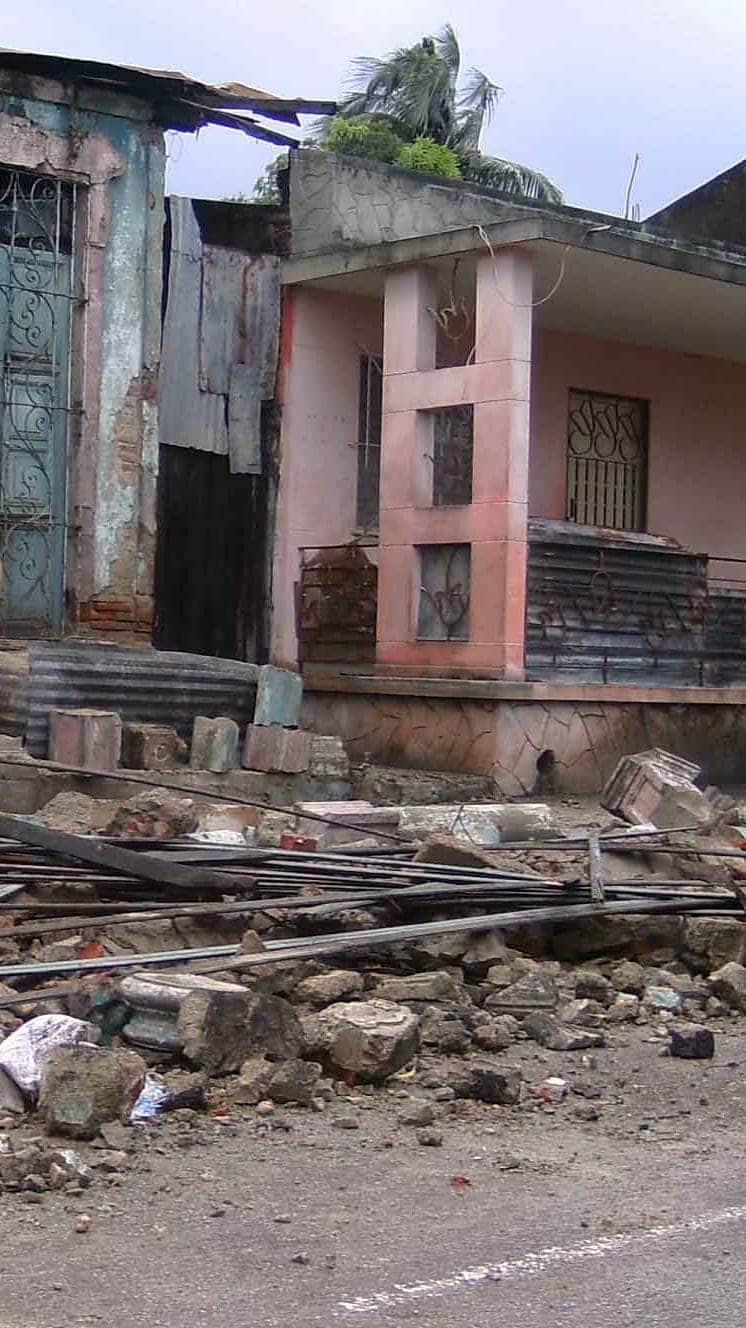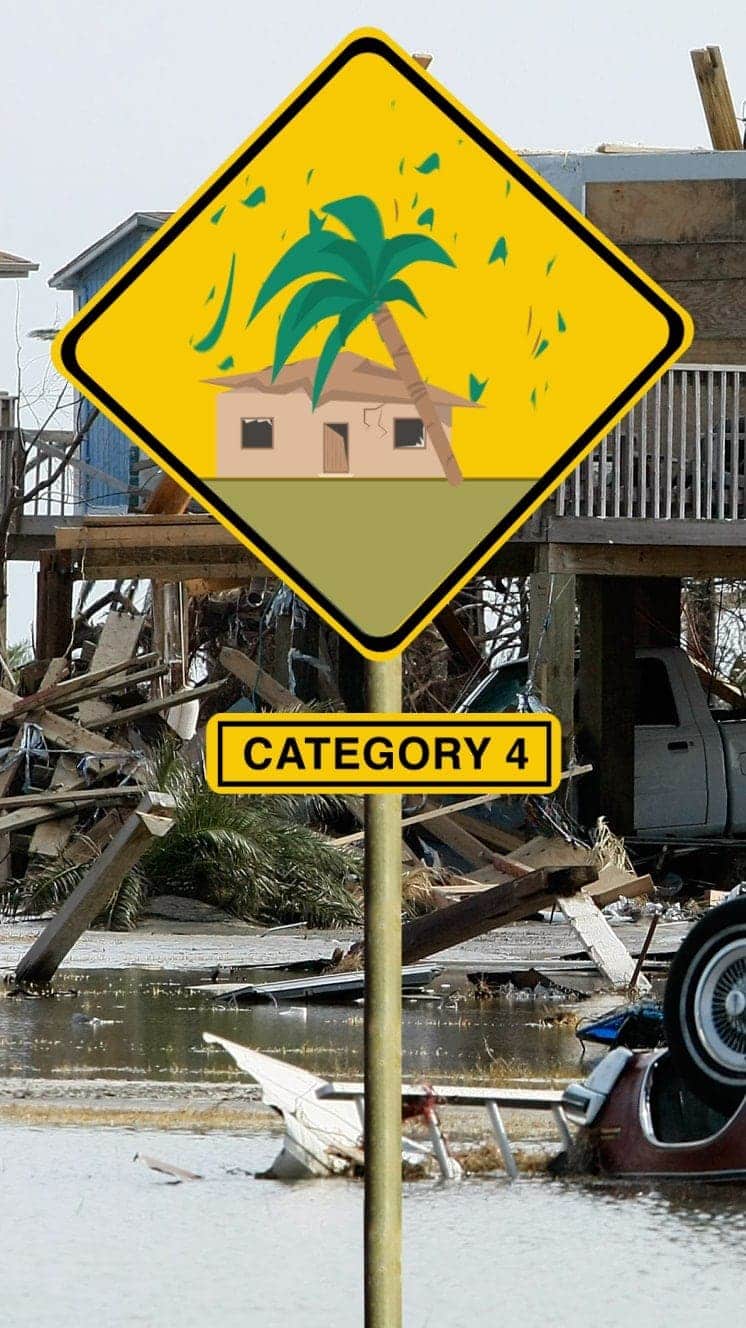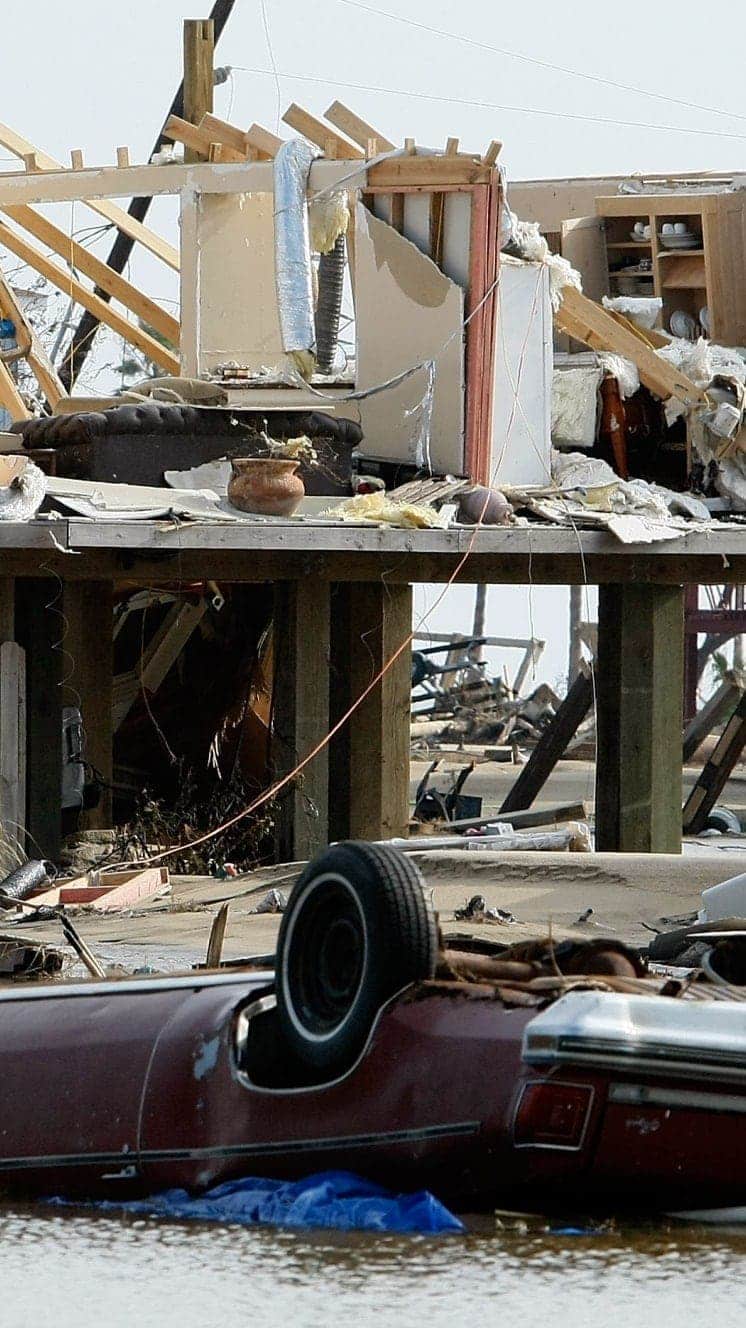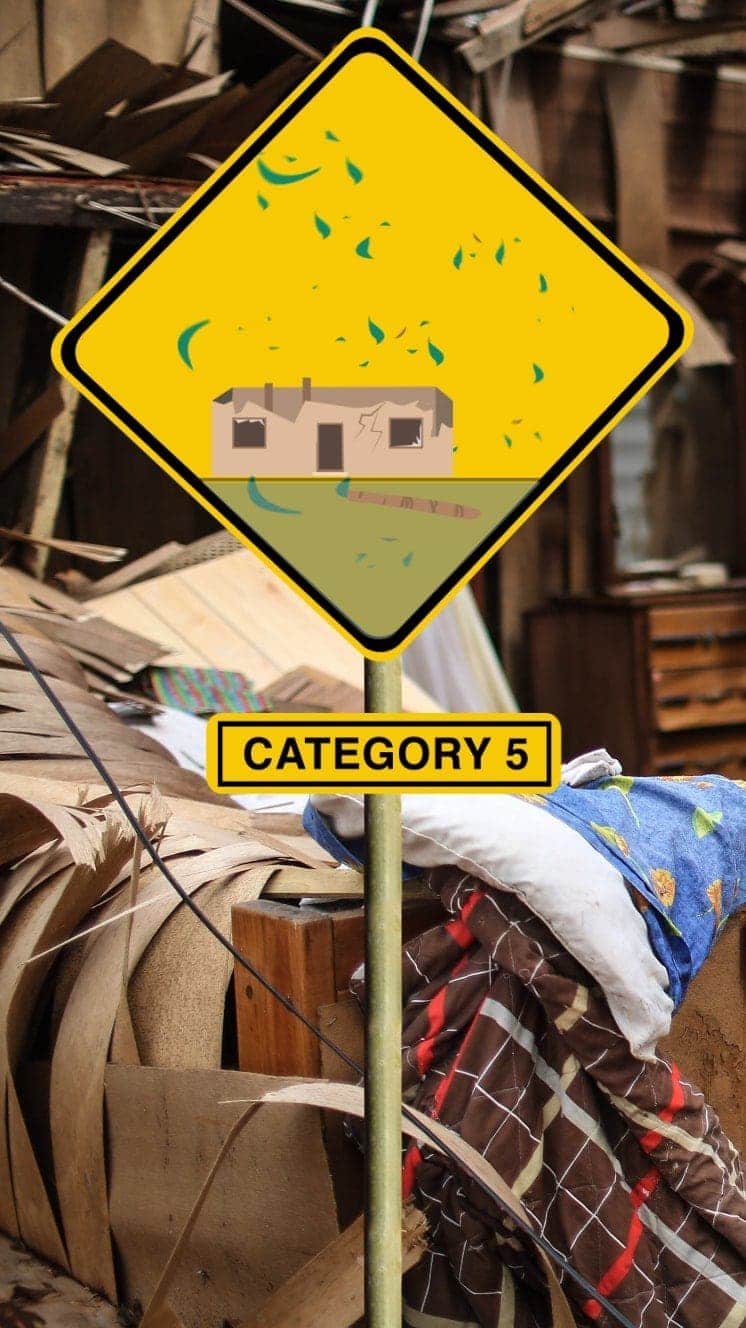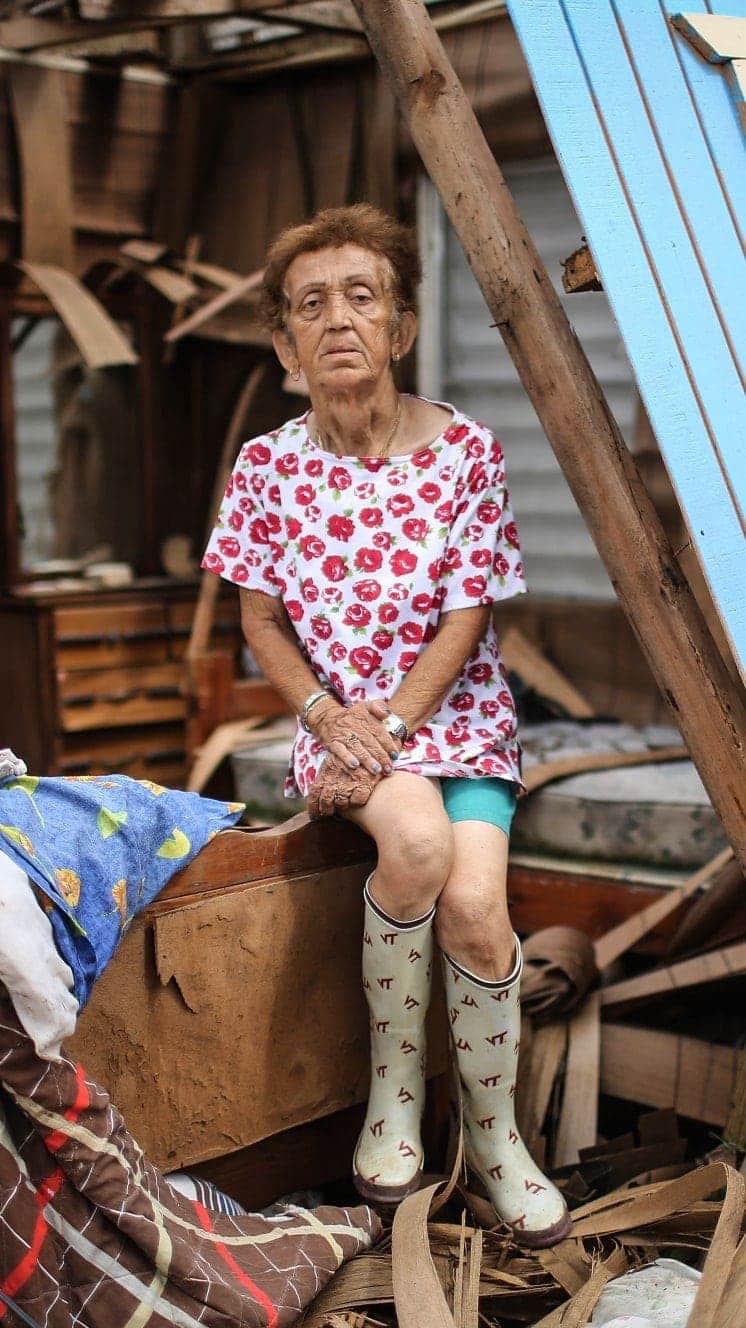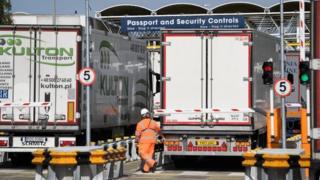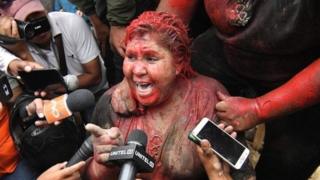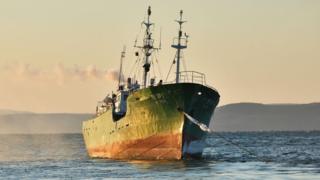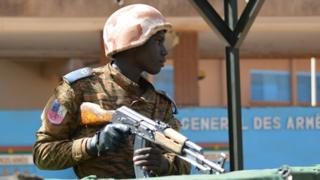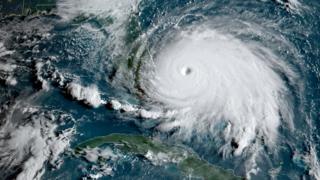 Image copyright
Image copyright
NOAA
People living in the Bahamas are being warned to stay in their shelters until Hurricane Dorian has passed.
The slow-moving hurricane is the most powerful storm to hit the islands since records began, bringing sustained winds of up to 165mph (270km/h) and the risk of storm surges of up to 23ft (seven metres).
It has been downgraded from the highest, category five level to category four, but officials warn of catastrophic winds and the risk of life-threatening floods.
The US states of Florida, Georgia, North and South Carolina have all issued states of emergency as Dorian edges west.
Where has been hit?
On Monday, Dorian continued its slow, 1mph track across Grand Bahama and the Abaco Islands in the north of the Bahamas archipelago, having made landfall on Sunday.
High winds, heavy rain and flooding seawater are reported to have caused major damage to homes and property on the islands.
There is no official word on casualties but the Red Cross fears some 13,000 homes have been severely damaged or destroyed by the storm.
Storm surges could be devastating
The biggest danger to life and property in Grand Bahama could be from storm surges, which are predicted to be as high as 23ft above normal tide levels – with higher destructive waves.
Storm surges are caused when huge volumes of water are pushed by hurricane-force winds. When they meet land, the water surges inshore at levels far exceeding normal tides.
The eastern US states are also bracing for possible storm surges.
Where is it heading?
Meteorologists are watching the track of Dorian, trying to predict how close it will come to the United States coastline. As Dorian batters Grand Bahama, it sits only 120 miles (190km) from West Palm Beach, Florida.
But even if the eye of the storm does not make US landfall, tropical storm and hurricane-strength winds could still blast Florida and Georgia within days.
Evacuations have been ordered in some coastal communities of South Carolina and Georgia.
Florida Governor Ron DeSantis said the strength of the storm could not be underestimated.
“This storm at this magnitude could really cause massive destruction. Do not put your life in jeopardy by staying behind when you have a chance to get out,” he said, urging people to observe evacuation orders when they were issued.
Dorian’s strength
At category five, Dorian was the second-strongest Atlantic hurricane on record, with some gusts reaching 200mph (321km/h). It is the fifth Atlantic hurricane to reach the highest category in the last four years.
Hurricane Irma in 2017 was also category five and causing widespread damage across the Leeward Islands, Caribbean and Florida keys, damaging roads, buildings, airports and harbours.
Grand Bahama was also hit by category five Hurricane Matthew in 2016 – many residents had yet to fully rebuild their houses before Dorian’s arrival.



